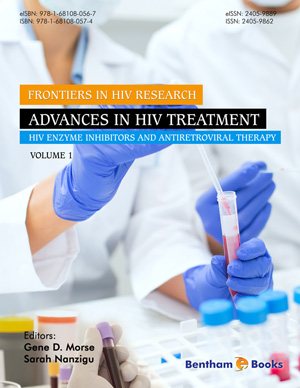Abstract
This section of the treatise discussed the molecular basis of bacteria resistance exhibited phenotypically as a result of an inherent genotypic makeup of the bacterial cell (intrinsic). It could also result from mutational changes of the bacterial genes or through a process by which resistance genes are acquired through transfer from one bacterial cell to another (acquired). Some of the mechanisms of resistance discussed result from the encoding genes of the enzymes responsible for the enzymatic destruction of antibiotics. For example, virginiamycin acetyltransferases (VATs), which inactivate the type A streptogramins; aminoglycoside phosphotransferases (APHs), also known as aminoglycoside kinases, which inactivate aminoglycosides and the thioltransferases, a fosfomycin resistance enzyme (mediated by fos B). All of these have been located in some Gram-positive pathogens. Bacteria resistance due to alteration of binding sites is evident in penicillin-binding proteins (PBP), which is mediated by the mecA gene of methicillin-resistant S. aureus (MRSA). This gives elevated resistance levels against methicillin amongst other β-lactam antibiotics. Similarly, in vancomycin-resistant enterococci (VRE), the gene clusters of VanA and VanB are responsible for encoding the enzymes which catalyze the production of the modified peptidoglycan precursor in Enterococcus faecium and Enterococcus faecalis. Fluoroquinolone antibiotic resistance results from a situation whereby two enzymes are inhibited in the process of synthesis of bacterial DNA. These are DNA gyrase with 2 subunits encoded in the gyrA and gyrB genes and the Topoisomerase IV with subunits encoded in the parC and parE genes. The macrolide, lincosamide and streptogramin B resistance are observed following a transcriptional modification of the 23S rRNA portion of the 50S ribosomal subunit of the resistant organism. Meanwhile, trimethoprim resistance, due to mutation in the dhfr gene, is known in Gram-positive bacteria. Resistance in Staphylococcus aureus strains is known to be due to mutations to varying levels in Isoleucyl-tRNA synthetase genes, mupA and ileS. The resistance to fusidic acid through point mutations has been identified in the fusA gene, which is chromosomally located in clinical isolates and laboratory selected resistant isolates of Gram-positive organisms.
The other form of resistance observed in Gram-positive and some other bacteria is due to the activities of bacterial antibiotic efflux transporters. These are categorized into five different groups otherwise known as families: The small multidrug resistance (SMR) family, the major facilitator superfamily (MFS), the adenosine triphosphate (ATP)-binding cassette (ABC) superfamily, the resistance-nodulation-cell division (RND) superfamily and the Multidrug and toxic compound extrusion (MATE) family. Concisely, having a good knowledge of the efflux pump inhibitors (EPI) is important in the development of combination drugs, which can improve the activity of otherwise ineffective antibiotics. Therefore, based on the above discourse, this chapter will be discussing the molecular basis of resistant Gram-positive bacteria to antibiotics based on drug inactivation and modifications and how this constitutes a great challenge to the control of infectious diseases by these organisms.
Keywords: Antibiotics resistant genes, Efflux transporters, Gram-positive bacteria, Molecular antimicrobial resistance, Resistance inducing enzymes.






















